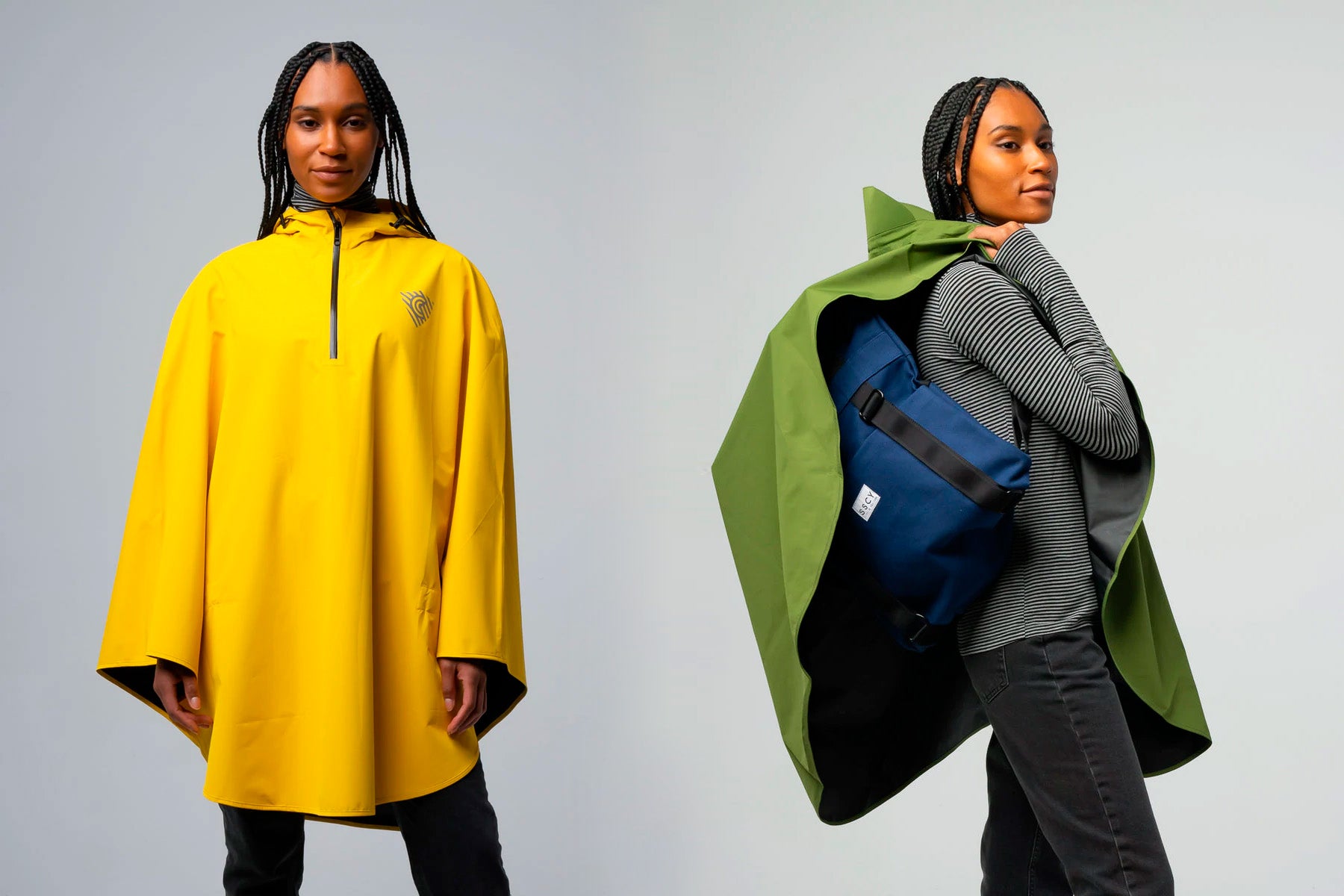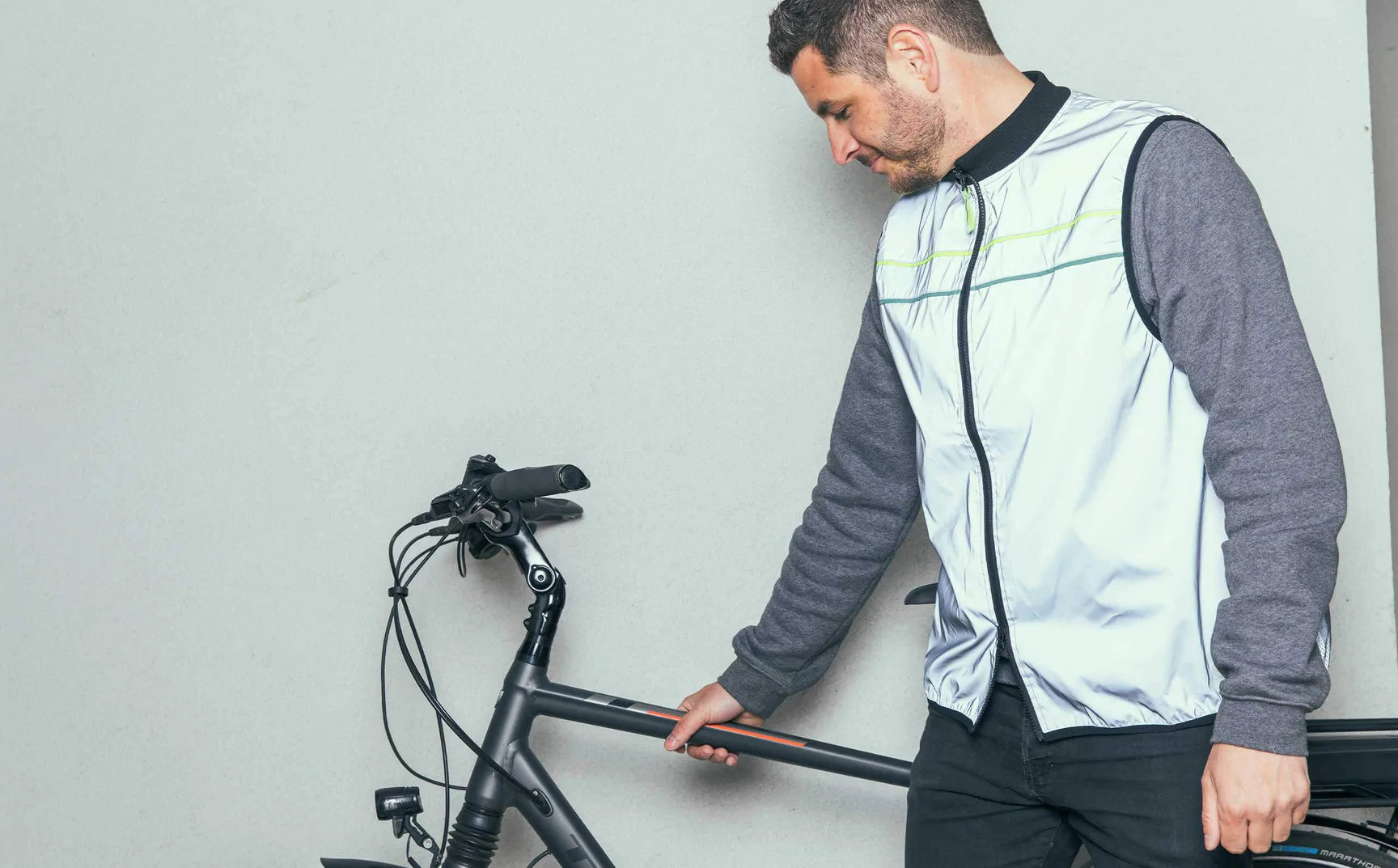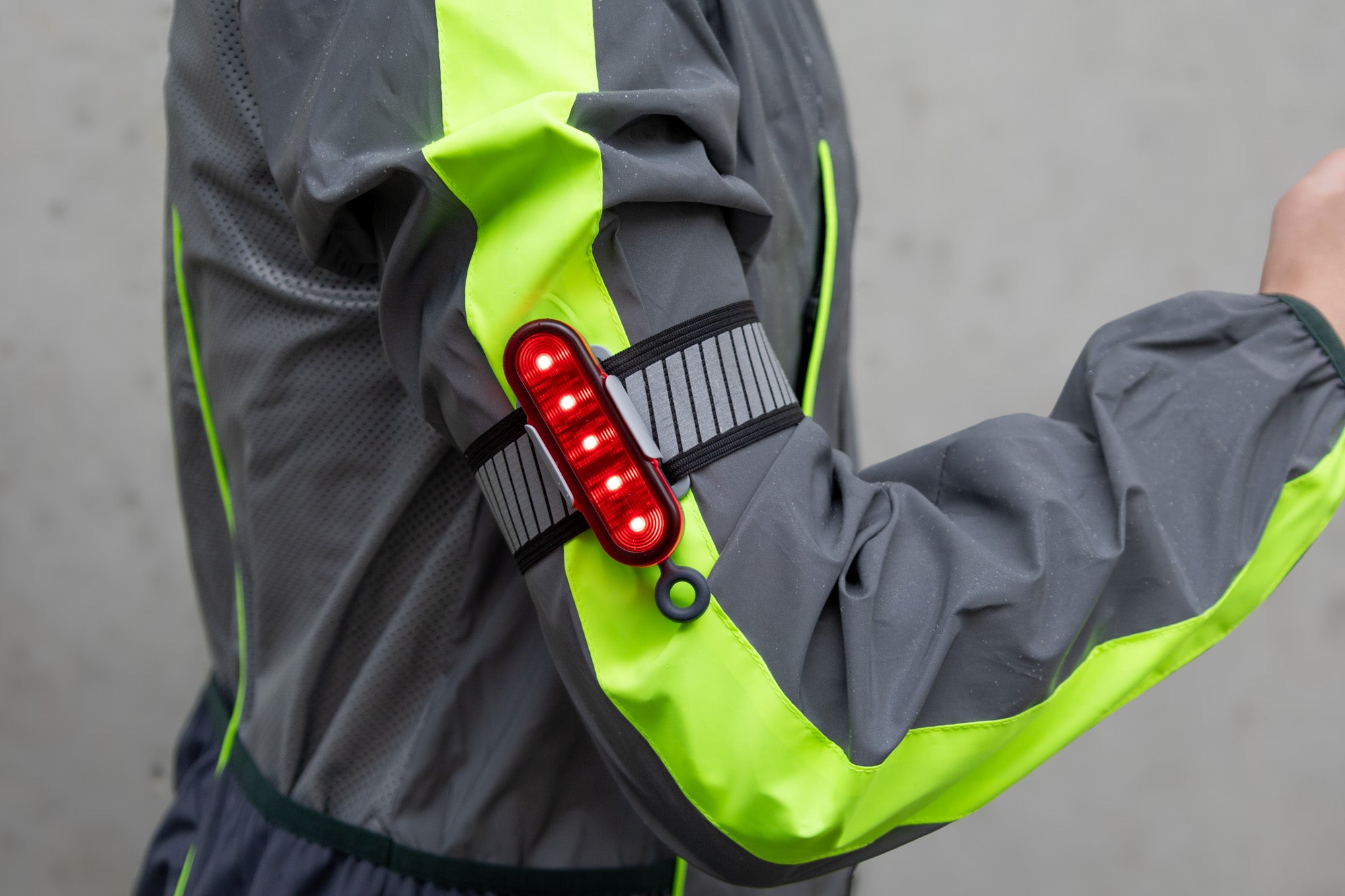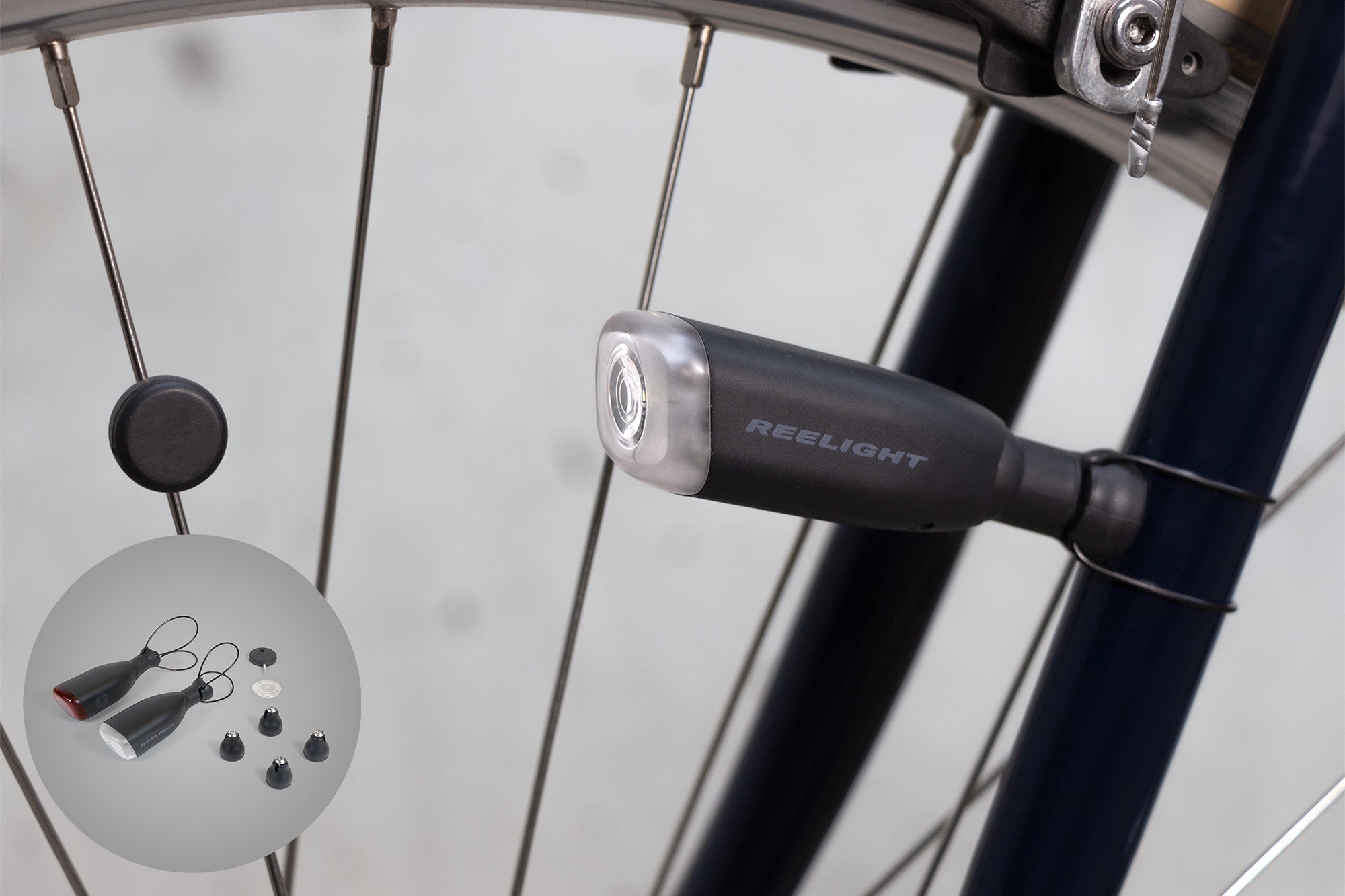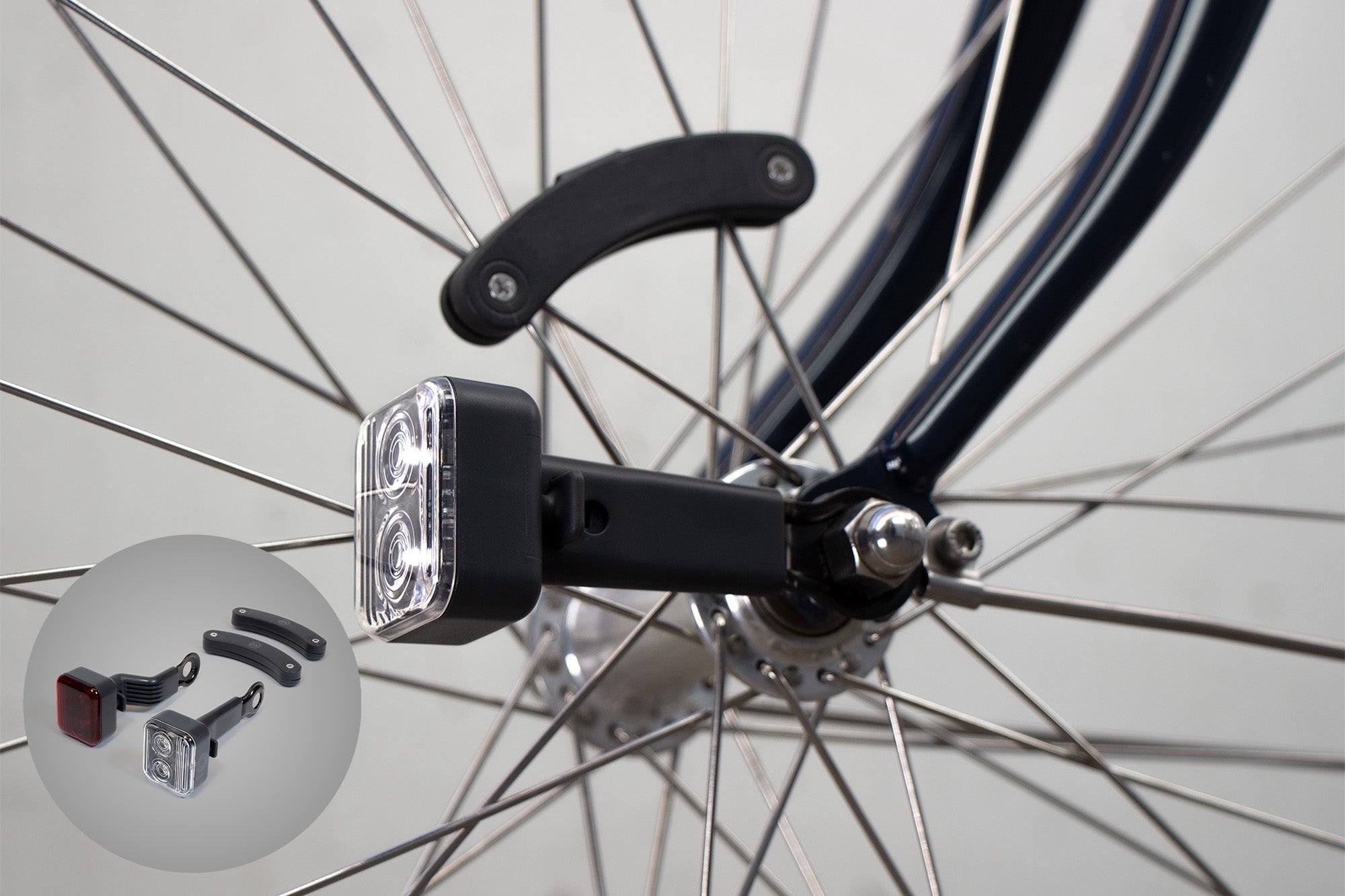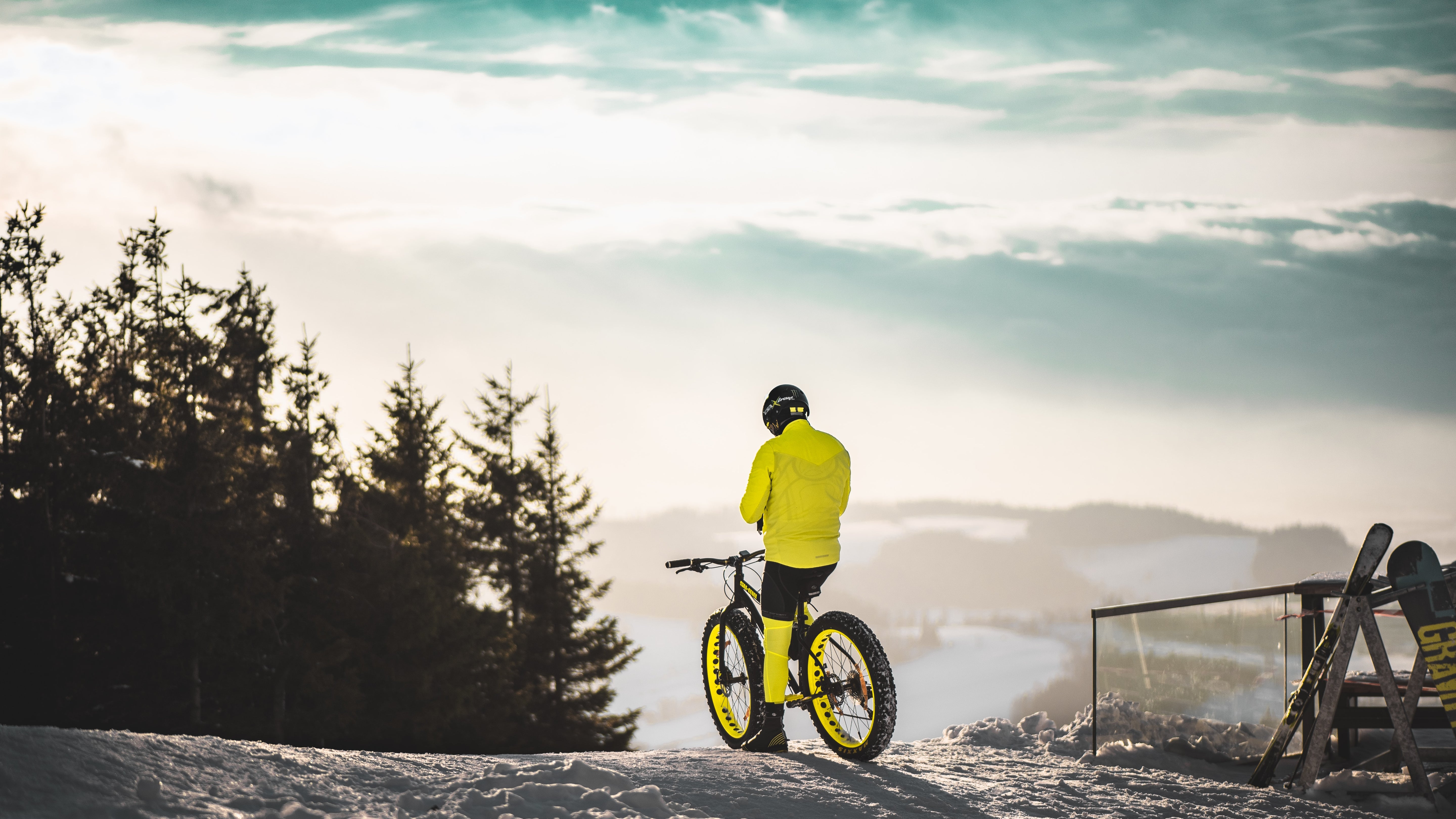
Snowy Adventures: Mastering Mountain Biking in Winter
Winter brings a whole new dimension to the world of mountain biking, as snow-covered trails offer thrilling and challenging terrain for adventurous riders. While the icy trails and cold weather may seem intimidating at first, with the right preparation and mindset, you can conquer the winter trails and experience the exhilaration of mountain biking in a snowy wonderland. Read on to figure out how to master mountain biking in winter!

Gear Up for Winter Conditions
Preparing for winter mountain biking starts with the right gear. Invest in reliable, cold-weather mountain biking clothes. Although mountain biking is definitely an exercise that will get you sweating, the frosty minus degrees during winter can make it difficult to heat up your body properly to avoid getting sick. Your clothing for the winter conditions should therefore include thermal and moisture-wicking base layers and insulating mid-layers. You want your outfit to be weather-resistant to keep you warm and comfy out on the trails. Don't forget a windproof and waterproof outer shell, as you will ride in both cold and wet weather. And of course, you will be needing warm gloves, thermal socks, and appropriate footwear for cold weather. Additionally, choose a helmet with good ventilation and consider if you would like goggles to protect your face from cold air and flying debris.
Mastering Technique and Control
Mountain biking in winter requires adjustments in technique to tackle the unique challenges posed by snowy trails. Focus on maintaining a balanced and centred body position, with slightly more weight on the rear tire for better traction. Start with flat pedals, like this it will be easier to put a foot down if you need to.
Make sure you are maintaining traction at all times due to the slippery terrain from the snow and rain. Adopt a relaxed grip on the handlebars and use controlled, smooth movements to navigate corners and obstacles. Gradually apply the brakes and avoid sudden or aggressive manoeuvers to maintain stability.
Safety First: Essential Precautions
Safety should be a top priority when mountain biking in winter. Even if you are an experienced mountain biker, biking in the winter season comes with new challenges and dangers, so be aware. You should always start by checking weather and trail conditions before heading out. Find someone you know and let someone know about your planned route and estimated return time so they will be able to alert any rescuers if something happens on the trail. You can also consider riding with a friend or a group for added safety and support - and it's fun riding with friends, making your winter adventure a social event. Always stay visible by wearing bright or reflective clothing, and equip your bike with reliable lights to enhance visibility in low-light conditions that often comes with the winter season.
Additionally, as winter mountain biking can present additional challenges, it's important to ride within your skill level and comfort zone. When you head out for your first ride, start with familiar trails and gradually progress to more challenging terrain as you gain confidence and experience. Be cautious of hidden hazards such as ice patches or unstable snow. If conditions become too extreme or unsafe, be prepared to modify your route or turn back.

Enjoy the Experience!
While mastering mountain biking in winter requires skill and preparation, don't forget to enjoy the experience and embrace the unique beauty of the snowy landscape! When you manage all the necessary precautions we have mentioned before, you can head out with good consciousness and just enjoy the adventure. Take breaks to soak in the breathtaking views, listen to the peaceful silence, and appreciate the serenity of nature.
Winter opens up a whole new world of adventure for mountain bikers, offering snowy trails and stunning landscapes to explore. Now you can master mountain biking in winter and create unforgettable snowy adventures! Happy cycling!


